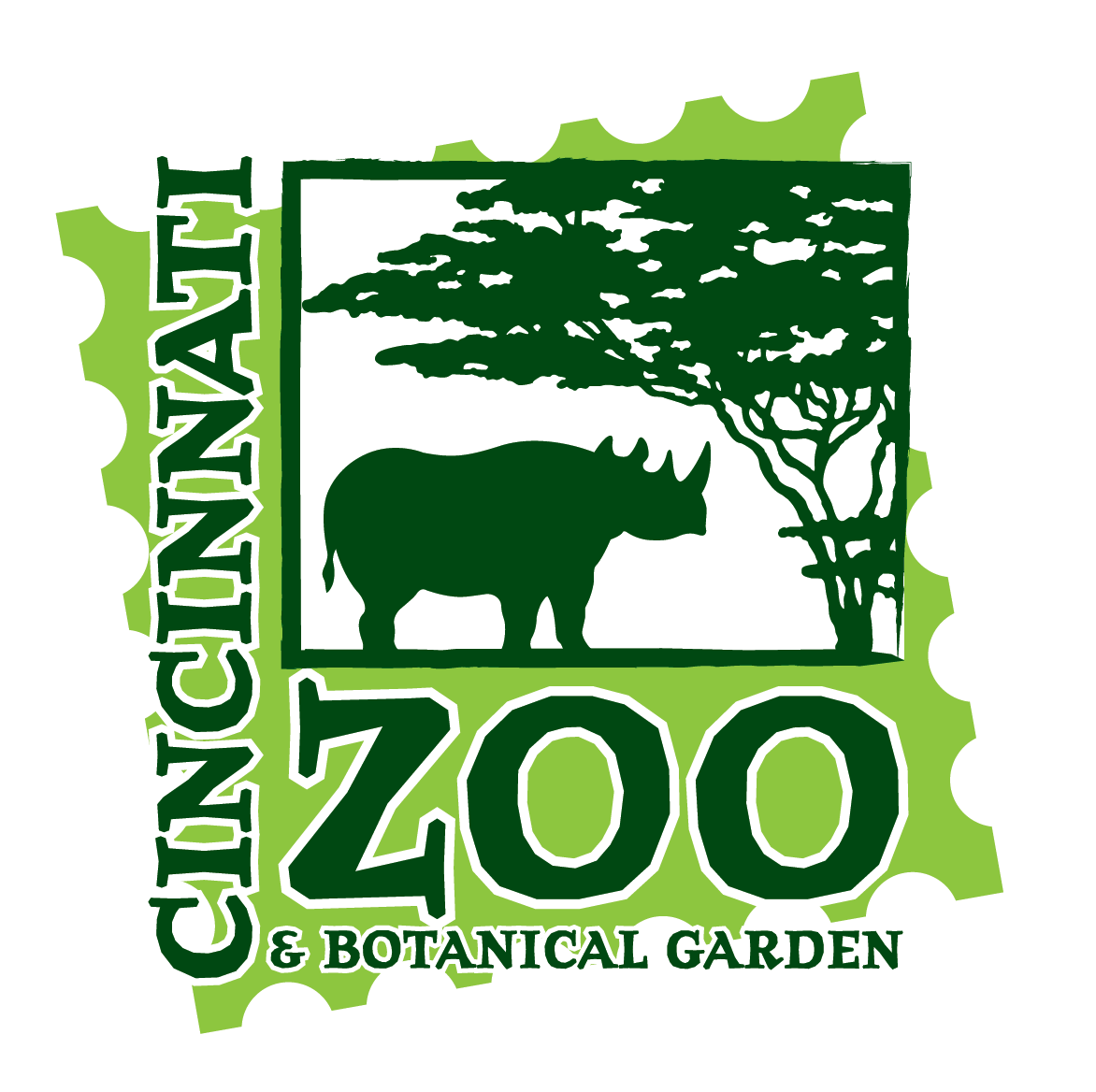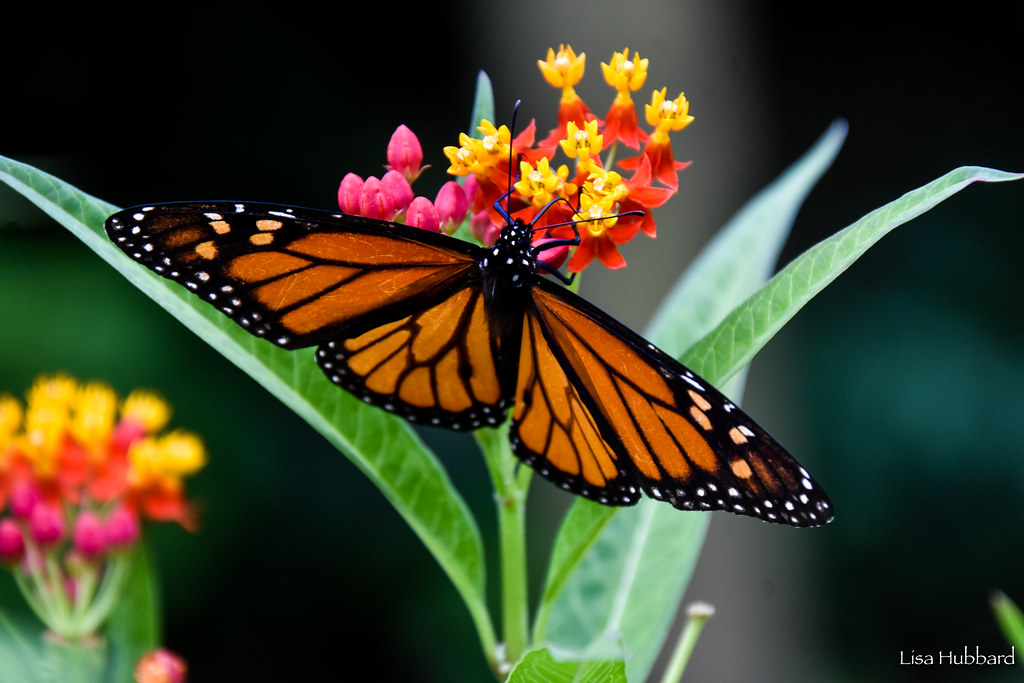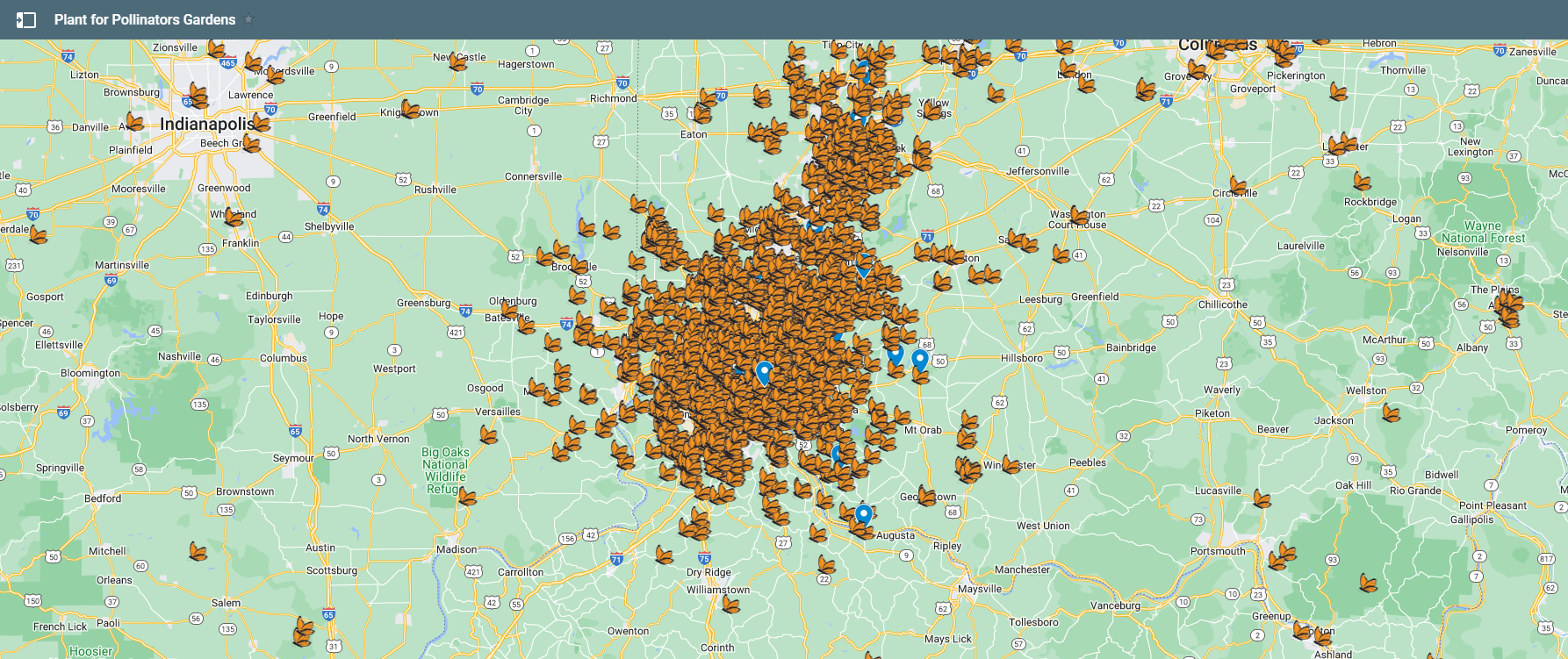The Cincinnati Zoo & Botanical Garden is embracing pollinator conservation through our Plant for Pollinators program. From butterflies and bees to hummingbirds and moths, pollinators are vital to the health of our environment. They also pollinate a third of the world’s crops and are critical to our agricultural system. Food connects all of us, and we have pollinators to thank for keeping our bellies full. Pollinator Research Reference Guide
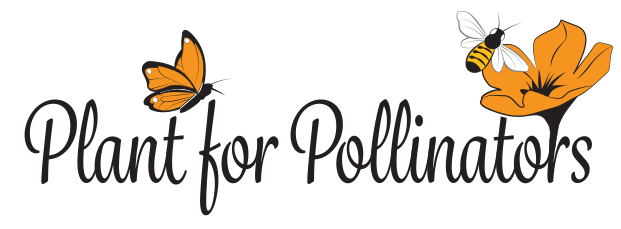
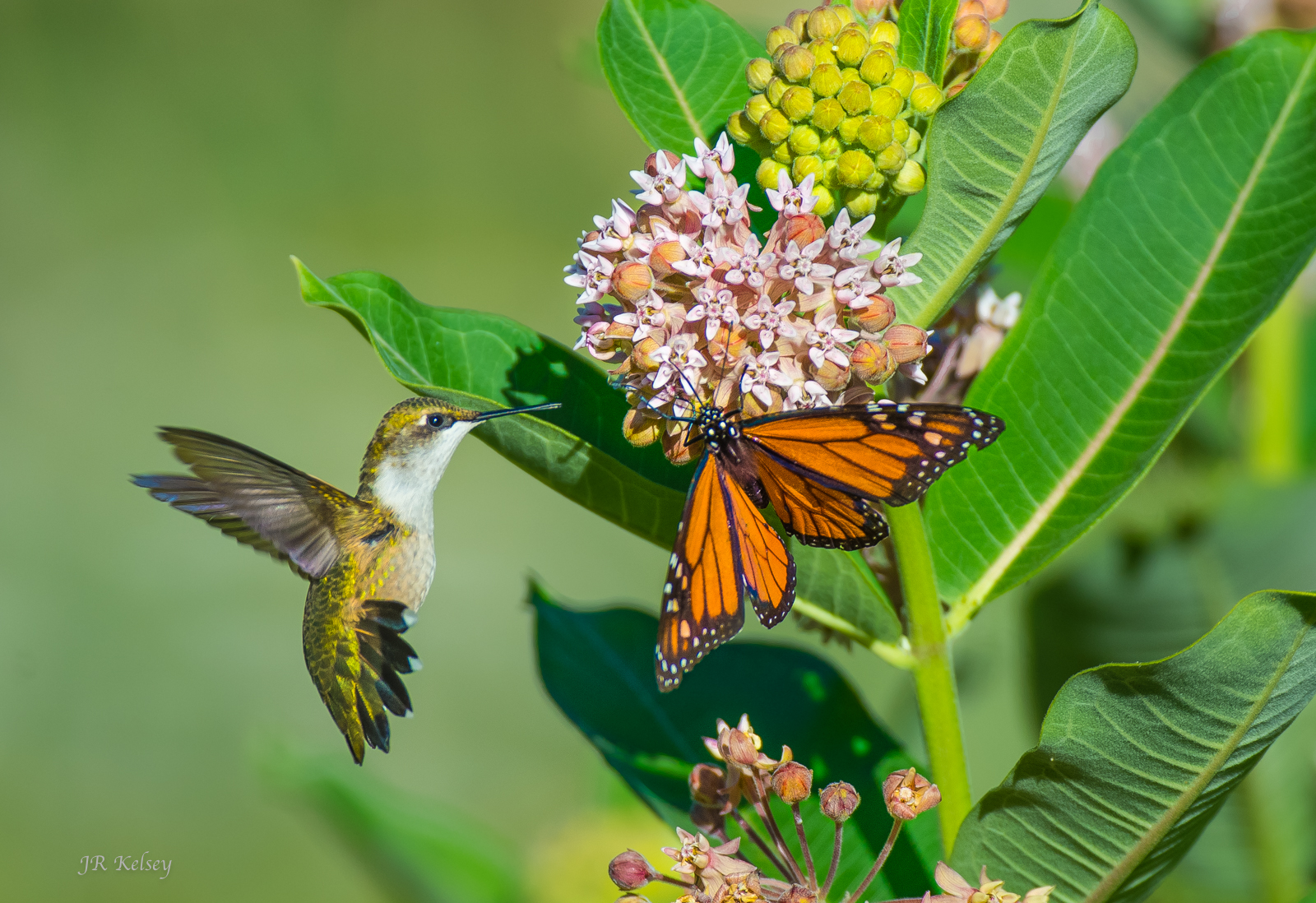
Join the Plant for Pollinators Challenge
We invite you to join us in increasing pollinator habitat in Cincinnati by taking the Plant for Pollinators Challenge. You can provide beautiful, vital habitat and enjoy colorful blooms all season that bring many beautiful butterflies to your yard. It’s easy to do.
Register Your GardenThe Zoo is working to boost pollinator populations, which are in severe decline worldwide, right here in our own community. At Bowyer Farm, our 600-acre property in Warren County, we are propagating pollinator-friendly plants, restoring pollinator habitat, and helping out honeybees through bee-keeping. Our Horticulture team conducts trials to determine which plants benefit pollinators most in our region and partner with growers and local garden centers to promote and sell these selections as the Zoo’s Best Plants for Pollinators line. They also work with communities to establish pollinator gardens in public spaces.
Whether planting just a few pots or a larger garden, you can do real conservation at home to support our pollinator friends as they do their job to keep our environment healthy. Together, we can make a big difference for our littlest friends and most important neighbors!
Pollination is the process by which pollen is transferred from the anther (male part) to the stigma (female part) of the plant, thereby enabling fertilization and reproduction. This takes place in the angiosperms, the flower-bearing plants. Pollination occurs when pollen is moved within flowers or carried from flower to flower by pollinating animals such as butterflies, birds, bees, and bats. The transfer of pollen in and between flowers of the same species leads to fertilization, and successful seed and fruit production for plants. Pollination ensures that a plant will produce full-bodied fruit and a full set of viable seeds.
Worldwide, roughly 1,000 plants grown for food, beverages, fibers, spices, and medicines need to be pollinated by animals in order to produce the goods on which we depend. Foods and beverages produced with the help of pollinators include: apples, blueberries, chocolate, coffee, melons, peaches, potatoes, pumpkins, vanilla, almonds, and tequila. In the United States, pollination by honey bees, native bees, and other insects produces $40 billion worth of products annually.
Bees are undoubtedly the most abundant pollinators of flowering plants in our environment. While there are over 500 species of bees native to Ohio, a few species of larger bees can be seen regularly in the local garden, the honeybee, bumblebee, leaf-cutting bee and large mason bee. The service that bees and other pollinators provide allows nearly 70% of all flowering plants to reproduce; the fruits and seeds from insect pollinated plants account for over 30% of the foods and beverages that we consume.
Butterflies and moths are also commonly seen pollinators. These animals are beautiful to observe and make a valuable contribution to the ecosystem though they are less efficient than bees at moving pollen between plants. Highly perched on their long thin legs, they do not pick up much pollen on their bodies and lack specialized structures for collecting it.
What is Plant for Pollinators?
The Plant for Pollinators Challenge (P4P) is a public engagement campaign to increase pollinator habitat in the Greater Cincinnati region and beyond. Managed by the Cincinnati Zoo & Botanical Garden, the campaign launched in March 2019 with a goal to register at least 500 pollinator gardens annually. As of January 2023, we have registered over 3,000 gardens.
Why Plant for Pollinators?
From butterflies and bees to hummingbirds and moths, pollinators are critical to the health of our environment. They’re also important in our food production systems, as they pollinate one-third of the world’s crops. However, their populations are declining. People can provide beautiful, vital habitat for pollinators by adding pollinator-friendly plants to their yards and landscapes while enjoying colorful blooms and butterflies all season long. Whether planting just a few pots or a larger garden, everyone can do real conservation at home to support our pollinator friends as they do their job to keep our environment healthy.
- Plan your garden using these tips.
- Choose plants listed in our Best of Guide and on this website for your garden.
- Now that you’ve added pollinator-friendly plants to your yard or landscape, register your garden online and order an optional yard sign.
- Remember, you can register a garden of any size as long as it includes at least one nectar and one host plant. You’ll have an opportunity to upload a photo of your garden when you register.
- Once you submit a completed application form, you will receive a digital certificate recognizing your official Plant for Pollinators Garden certified by the Cincinnati Zoo & Botanical Garden. You’ll also have the option to purchase a yard sign to place in your garden, letting your friends and neighbors know that you care about pollinators.
Our Sponsors
Presenting Sponsor

Native Plant Sponsor

Echinacea Sponsors
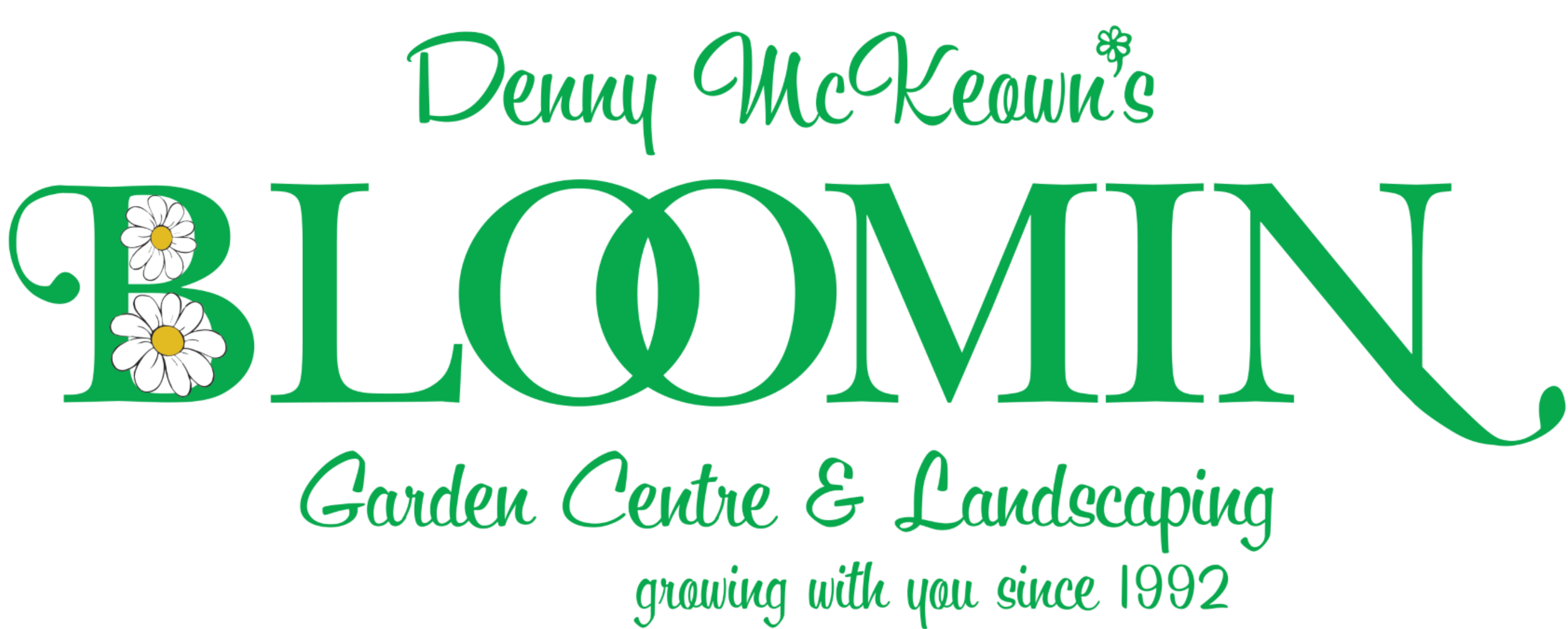
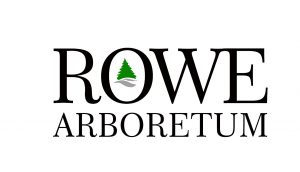
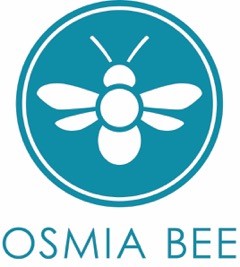

Phlox Sponsors
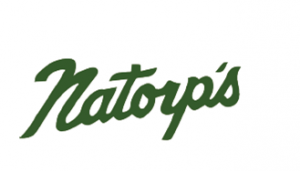


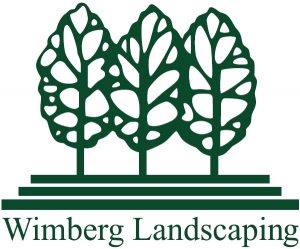


Milkweed Sponsors
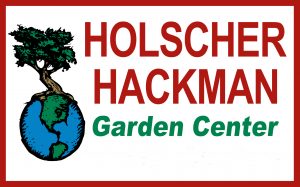


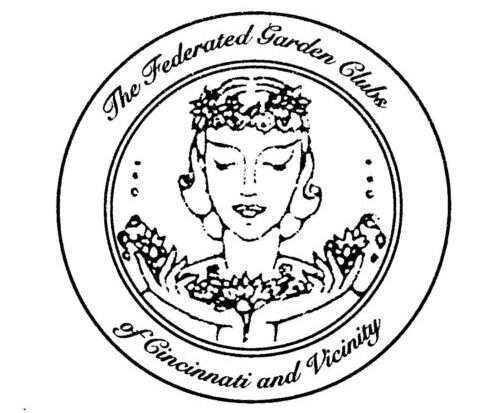

Plunkett’s for Pollinators
Ohio Association of garden Clubs. Inc Region 4
